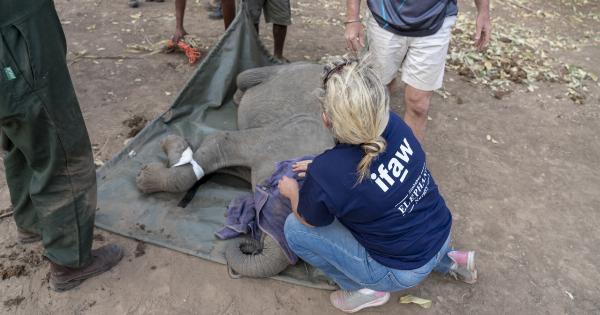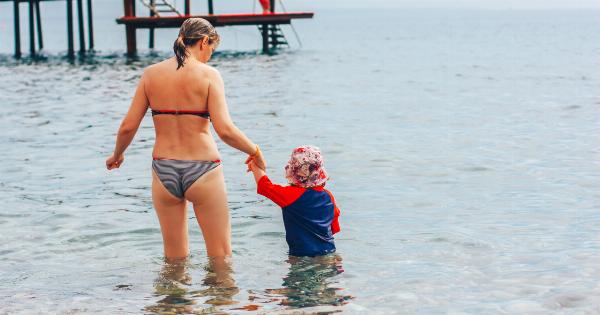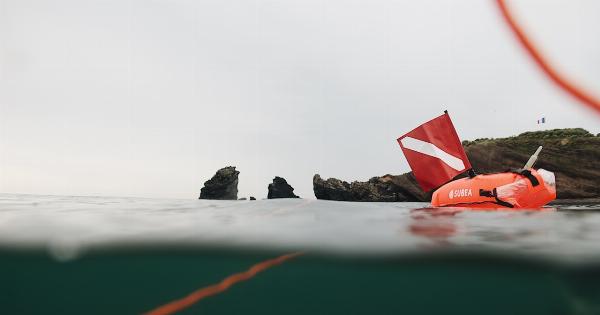Children with autism are at a significantly higher risk of drowning compared to their neurotypical peers.
Drowning is a leading cause of death among individuals with autism, and it is crucial to understand the factors that contribute to this increased risk. By recognizing these factors and implementing appropriate preventive measures, we can help safeguard the lives of children with autism and promote water safety for all individuals.
Understanding the Increased Risk
There are several important factors that contribute to the heightened drowning risk among children with autism.
Water Fascination and Lack of Fear
Many children with autism have a fascination with water. They may be drawn to its sensory aspects, such as the sound, the texture, or the way it feels on their skin.
This fascination can sometimes lead to dangerous situations as they may be more inclined to approach bodies of water without the understanding of potential risks. Additionally, individuals with autism may have difficulty experiencing or expressing fear, which further increases the likelihood of water-related incidents.
Communication and Social Challenges
Children with autism often face communication and social challenges, which can hamper their ability to effectively interact with others, including lifeguards or fellow swimmers.
In emergency situations, their difficulty communicating their distress or seeking help can lead to delays in rescue efforts, thus exacerbating the risk of drowning.
Sensory Sensitivities
Individuals with autism commonly experience sensory sensitivities. This means that certain sensory stimuli, such as the sight, sound, or sensation of water, may be overwhelming or discomforting for them.
In unfamiliar or overwhelming sensory environments, children with autism may become disoriented, further increasing the likelihood of water-related accidents.
Impulsivity and Lack of Judgment
Impulsivity and challenges with judgment are traits often associated with autism. Children with autism may have difficulty accurately assessing risks or making safe decisions.
Combined with the impulsivity commonly observed in individuals with autism, this can lead to impulsive behaviors near bodies of water, putting them at a greater risk of drowning.
Preventive Measures
Given the increased drowning risk in children with autism, it is crucial to implement adequate preventive measures:.
1. Water Safety Education
Providing children with autism water safety education is essential. This includes teaching them about the potential risks associated with water, how to stay safe, and what to do in case of an emergency.
Reinforcing these lessons consistently and in various contexts can help children with autism better understand and remember important safety practices.
2. Supervision
Close supervision is of utmost importance when children with autism are around water. Adult supervision should be continuous and vigilant, ensuring that a responsible person is within arm’s reach.
Extra caution should be exercised during swimming or bath time to prevent accidental water submersion.
3. Swimming Lessons
Enrolling children with autism in swimming lessons can be highly beneficial. These lessons should be conducted by instructors experienced in working with individuals with autism who can provide personalized attention and address their unique needs.
The ability to swim can significantly reduce the risk of drowning and increase confidence in and around water.
4. Visual Cues and Social Stories
Visual cues and social stories can be powerful tools in teaching water safety to children with autism. Visual cues, such as pictures or symbols, can help them understand and follow safety instructions.
Social stories, which provide narratives about specific situations and appropriate behaviors, can also aid in comprehension and retention of safety information.
5. Sensory Preparations
Prior to engaging in water-related activities, it is essential to make necessary sensory preparations.
This can involve gradually introducing the sensory aspects of water to the child, such as through sensory play with water toys or gradual exposure to water through controlled sensory experiences. Familiarizing the child with the sensory components of water can help alleviate potential discomfort or anxiety and increase their confidence in water-related situations.
6. Wearing Life Jackets
Encouraging children with autism to wear properly fitted and U.S. Coast Guard-approved life jackets is crucial, especially when engaging in outdoor water activities, such as boating or swimming in open waters.
Life jackets provide an extra layer of protection and buoyancy, ensuring the child’s safety even if they accidentally enter deep water.
7. Secure Fencing and Pool Alarms
Installing secure fencing around swimming pools and using pool alarms can help prevent unsupervised access to water.
Pool fences should be at least 4 feet high, have self-closing and self-latching gates, and have no gaps or openings that a child can squeeze through. Pool alarms can provide an additional layer of protection by alerting adults to any unauthorized access to the pool area.
8. Autism-Related Identification and Communication Tools
Providing children with autism with identification items or tools that highlight their condition, such as medical alert bracelets or waterproof identification cards, can help facilitate better communication and understanding in case of emergencies.
Additionally, using visual communication tools, such as laminated handouts with visual cues or picture exchange communication systems (PECS), can aid in effective communication during water-related incidents.
9. Collaborating with Lifeguards and First Responders
Working collaboratively with lifeguards and first responders and educating them about autism can improve the responsiveness and effectiveness of rescue efforts.
Implementing autism-specific training programs for first responders enables better understanding of autism-related challenges and empowers them to tailor their response strategies to meet the unique needs of individuals with autism.
10. Spreading Awareness
Spreading awareness about the increased drowning risk in children with autism is essential for the overall safety and well-being of individuals on the autism spectrum.
By raising awareness within communities, schools, recreational facilities, and healthcare settings, we can foster a greater understanding of the challenges individuals with autism face and promote inclusivity and safety for all.
Conclusion
Children with autism are at a higher risk of drowning compared to their neurotypical peers due to various factors, including water fascination, communication challenges, sensory sensitivities, impulsivity, and lack of judgment.
To mitigate this risk, it is crucial to implement preventive measures such as water safety education, close supervision, swimming lessons, visual cues, sensory preparations, and secure fencing. Additionally, collaborating with lifeguards, first responders, and spreading awareness are vital in ensuring the safety of individuals with autism in water-related environments.
By prioritizing water safety and implementing appropriate measures, we can reduce the incidence of drowning in children with autism and create a safer environment for all individuals.































